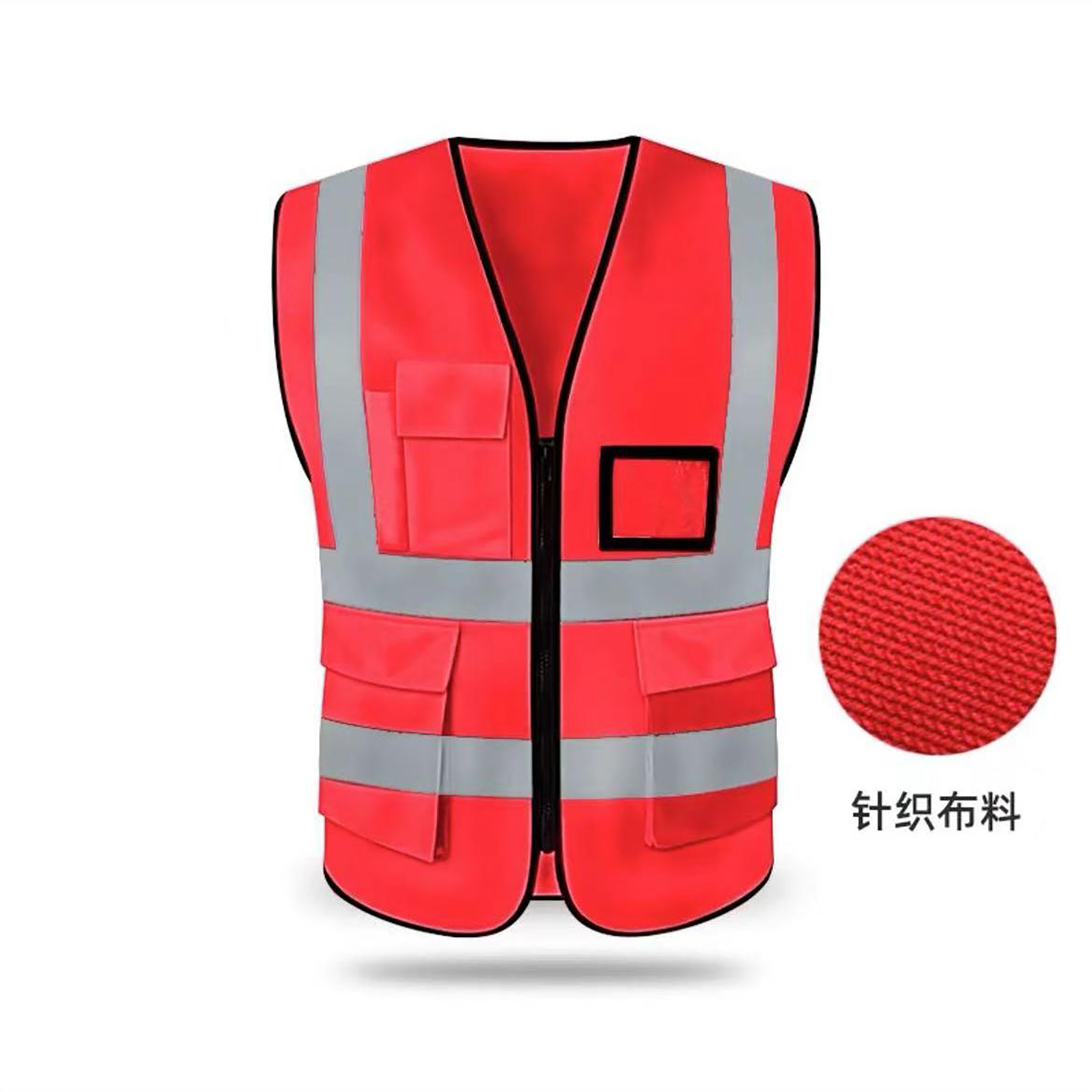- Afrikaans
- Albanian
- Arabic
- Armenian
- Basque
- Belarusian
- Bengali
- Bulgarian
- Croatian
- Czech
- Danish
- Dutch
- English
- Esperanto
- Finnish
- French
- German
- Greek
- Hebrew
- Hindi
- Indonesian
- irish
- Italian
- Japanese
- Javanese
- kazakh
- Rwandese
- Korean
- Kyrgyz
- Latin
- Latvian
- Luxembourgish
- Malay
- Myanmar
- Nepali
- Persian
- Polish
- Portuguese
- Romanian
- Russian
- Serbian
- Slovak
- Spanish
- Swedish
- Tagalog
- Tajik
- Turkish
- Ukrainian
- Uzbek
- Vietnamese
Nov . 10, 2024 14:59 Back to list
Essential Guide to Choosing the Best Cut Resistant Gloves for Safety and Comfort
The Importance of Cut-Resistant Gloves in Occupational Safety
In today's fast-paced industrial environment, employee safety is paramount, and the implementation of personal protective equipment (PPE) is essential in mitigating workplace hazards. Among these protective gear options, cut-resistant gloves stand out as a critical tool for safeguarding hand safety in various industries. This article delves into the significance, features, types, and best practices associated with cut-resistant gloves.
Understanding Cut-Resistant Gloves
Cut-resistant gloves are specialized PPE designed to protect workers' hands from cuts and abrasions when handling sharp objects or working in environments with sharp hazards. These gloves are commonly used in industries such as manufacturing, construction, food processing, and glass handling. The primary purpose of cut-resistant gloves is to reduce the risk of severe hand injuries, which can lead to lost productivity, costly workers' compensation claims, and, most importantly, lifelong disabilities for employees.
Importance of Cut-Resistant Gloves
1. Prevention of Injuries The foremost benefit of cut-resistant gloves is their ability to prevent cuts and lacerations. Statistics indicate that hand injuries are among the most common workplace incidents, often resulting from careless handling of sharp tools or materials. By wearing cut-resistant gloves, employees can significantly reduce the likelihood of sustaining such injuries.
2. Enhanced Grip and Dexterity Modern cut-resistant gloves are designed not only for protection but also for functionality. Many products feature materials that enhance grip, allowing workers to handle tools and materials with confidence while maintaining dexterity. This balance between protection and usability is crucial for maintaining productivity without compromising safety.
3. Compliance with Safety Regulations In many regions, regulations dictate the provision of appropriate PPE in the workplace. By equipping employees with cut-resistant gloves, employers can ensure compliance with occupational safety standards. This proactive approach not only safeguards workers but also demonstrates a commitment to fostering a safe working environment.
Features of Cut-Resistant Gloves
When selecting cut-resistant gloves, it's essential to understand the various features that contribute to their effectiveness
- Cut Resistance Levels Cut-resistant gloves are tested based on standardized methods, such as the ANSI/ISEA 105 cut test. They are classified into levels ranging from A1 to A9, with A9 providing the highest level of cut protection. Employers should assess their specific needs and choose gloves that match the potential hazards present in their workplace.
- Materials Used Cut-resistant gloves are made from various materials, including Kevlar, Dyneema, and steel fibers, each offering different levels of protection and flexibility. For example, Kevlar is known for its high cut resistance and durability, making it ideal for tasks where sharp edges are prevalent.
- Coatings and Grip Enhancements Many cut-resistant gloves come with additional coatings, such as nitrile, latex, or polyurethane, on the palm to enhance grip and durability. These coatings provide extra protection against punctures and abrasions while maintaining tactile sensitivity.
cut resistant gloves

Types of Cut-Resistant Gloves
There are several types of cut-resistant gloves available, catering to different applications and levels of protection
1. String Knit Gloves These gloves are lightweight and offer good flexibility, making them suitable for tasks that require dexterity while providing a basic level of cut protection.
2. Foam Nitrile Coated Gloves These offer excellent grip in oily or wet conditions and are well-suited for assembly work where cuts and punctures are a risk.
3. Heavy-Duty Gloves Designed for high-risk environments, these gloves provide excellent cut resistance and are often reinforced in critical areas, making them ideal for glass handling or metal fabrication.
Best Practices for Using Cut-Resistant Gloves
To maximize the effectiveness of cut-resistant gloves, employers and employees should adhere to best practices, including
- Proper Fit Ensure the gloves fit properly to avoid compromising dexterity and comfort. Gloves that are too tight can lead to hand fatigue, while oversized gloves may reduce grip.
- Regular Inspection and Maintenance Conduct regular checks for signs of wear and tear. Damaged gloves should be replaced immediately to maintain optimal protection.
- Training and Awareness Provide training for employees on the proper use of cut-resistant gloves and emphasize the importance of wearing them consistently in hazardous environments.
Conclusion
Cut-resistant gloves are an indispensable part of workplace safety gear, offering crucial protection against cuts and lacerations. Investing in high-quality gloves and fostering a safety-conscious work culture not only protects employees but also enhances productivity and compliance with safety regulations. As industries continue to prioritize worker safety, the role of cut-resistant gloves will undoubtedly remain vital in keeping hands safe in hazardous environments.
-
Work Reflective Vest: A Silent Guardian of Security
NewsJul.10,2025
-
Vest Reflective Safety: A Safety Lighthouse in Low Light and High Traffic Environments
NewsJul.10,2025
-
Soft Cotton Polo Shirts: A Fashionable and Practical Choice for Multiple Scenarios
NewsJul.10,2025
-
Soft Cotton Polo Shirts: A Fashionable and Practical Choice for Multiple Fields
NewsJul.10,2025
-
Reflective Vest: The Light of Industry and Outdoor Safety Protection
NewsJul.10,2025
-
Polo Shirt: A versatile and fashionable item that can be worn in one outfit
NewsJul.10,2025




